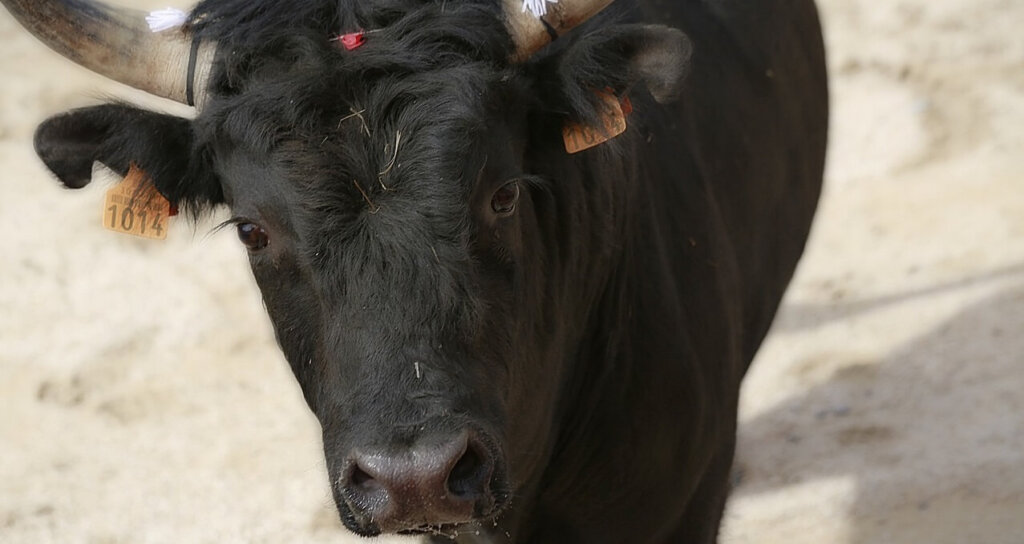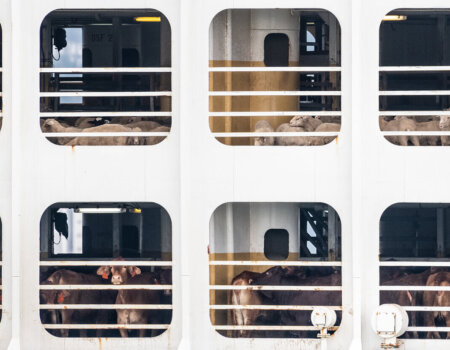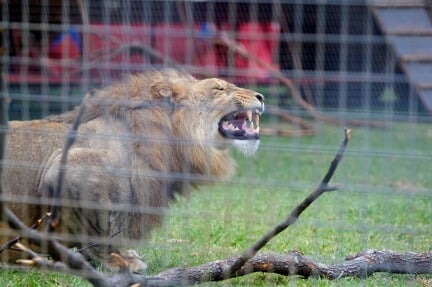
Misery Under the Big Top
Lions monkeys, horses, and other animals do not choose to ride bicycles, stand on their heads, balance on balls or jump through rings of fire.
To force them to perform these meaningless and physically uncomfortable tricks, trainers use whips, tight collars, muzzles, electric prods and other painful tools of the trade.
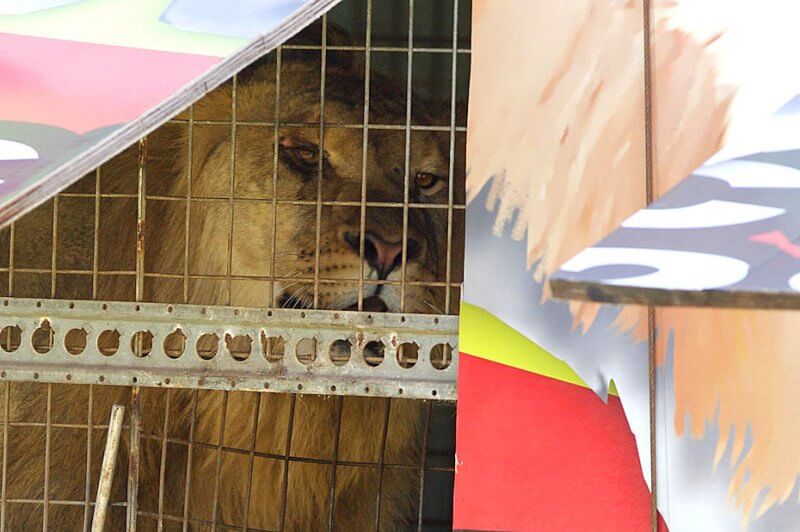
Constant travel means that animals are confined to wagons or trucks for days at a time. While touring, they may spend more than 23 hours a day confined to small, barren enclosures in which they must eat, drink, sleep, defecate and urinate – all in the same place.
Frustrated by years of beatings and shackles, sometimes animals snap.
When animals such as lions retaliate against trainers’ physical dominance, trainers cannot protect themselves, let alone the public. In August 2001, lion trainer Geoffrey Lennon, from Stardust Circus, was mauled by three lions during a performance.
His brother and fellow trainer Warren has said in relation to the attack, “the lions will have off days … when they don’t want anyone around them.” Warren also admits that “[a]s soon as I come into the cage I pump myself up because I know I have to be in control ….”
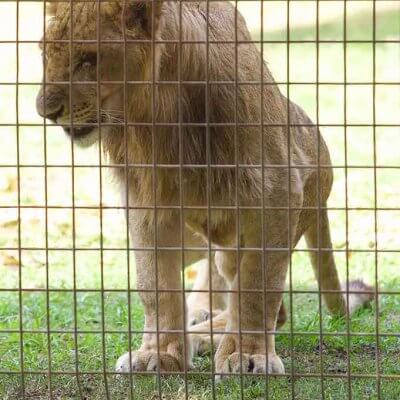
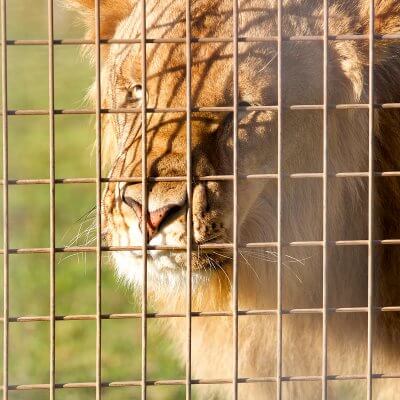
Because of concerns about animal mistreatment and public safety, a growing number of communities are banning or restricting the use of exotic animals in circuses, including the Australian Capital Territory and many local councils.
We applaud trapeze artists, jugglers, clowns, tightrope walkers and acrobats, but let’s leave animals in peace. You can help by boycotting circuses that use animals and instead enjoy animal-free circuses such as Australia’s Flying Fruit Fly Circus.
Animals Used for Entertainment:
Zoos | Rodeos | Horse Racing | Jumps Racing | Fishing
Let’s make 2025 a historic year for animals
